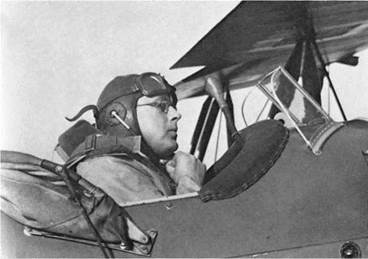Metacenter, Center of Pressure, Aerodynamic Center, and Neutral Point
Joukowski’s theory for a monoplane wing shows that the pitching moment coefficient about a point one-quarter of the chord length behind the wing leading edge is a constant at all angles of attack. This point is the wing’s aerodynamic center. The constant pitching moment coefficient at the aerodynamic center is negative, or nose-down, for positively cambered wings and positive for negatively cambered wings.
The combination of the lift coefficient, varying linearly with the angle of attack, and a constant pitching moment coefficient can be replaced with a single vector lift force. The point of action on the wing chord of the single vector force is called the wing’s center of pressure. Early longitudinal trim and stability calculations use the center of pressure concept, rather than the concept of aerodynamic center.
Dr. Charles McCutchen speculates that center of pressure methods came to the aeronautical field through aeronautical engineers originally trained as naval architects, such as
|
Figure 1.8 Bennett Melvill Jones (1887-1975), an airplane pilot as well as an important stability and control figure. His stability and control section in Durand’s Aerodynamic Theory instructed many engineers in airplane dynamics. Jones made contributions in stall research. (From Biog. Memoirs of Fellows of the Royal Soc., 1977) |
Dr. Jerome C. Hunsaker. Ship stability against roll is determined by metacentric height, the distance between the ship’s center of gravity and the line of action of the buoyancy force in a roll. Ship buoyancy force acting through the metacenter is analogous to the wing lift force acting through the center of pressure, except that other forces are involved in airplane stability.
B. Melvill Jones (Figure 1.8) proposed the term “metacentric ratio” for what we now call static margin, the distance in wing chords between the center of gravity and the center of gravity position for neutral stability of the complete airplane (Jones, 1934). That center of gravity position is called the neutral point. According to J. C. Gibson (2000), an article published by S. B. Gates in a 1940 Aircraft Engineering magazine explained the neutral point concept in physical terms, providing a “stunning revelation” to engineers trained on center of pressure methods.
CHAPTER 2














